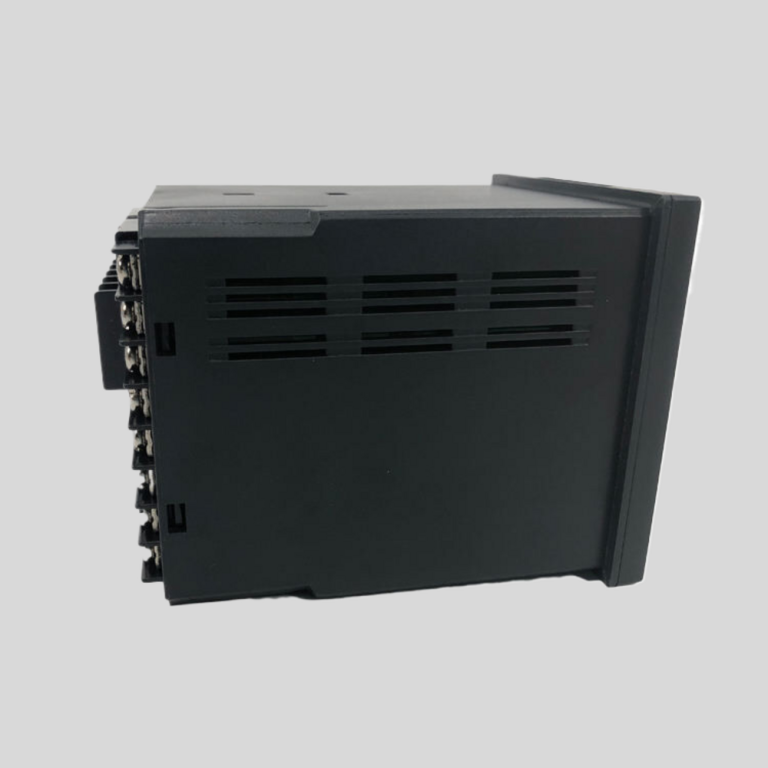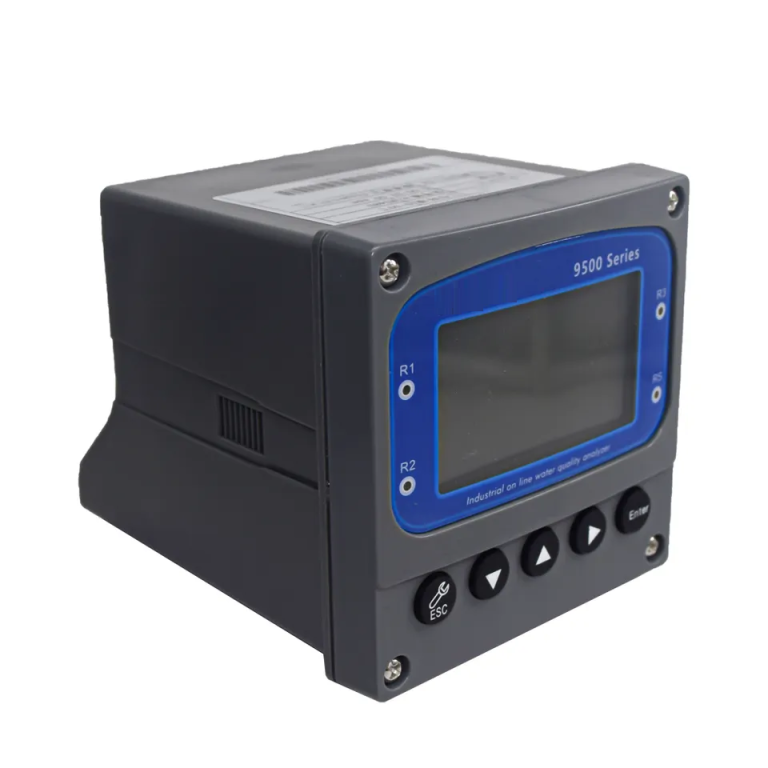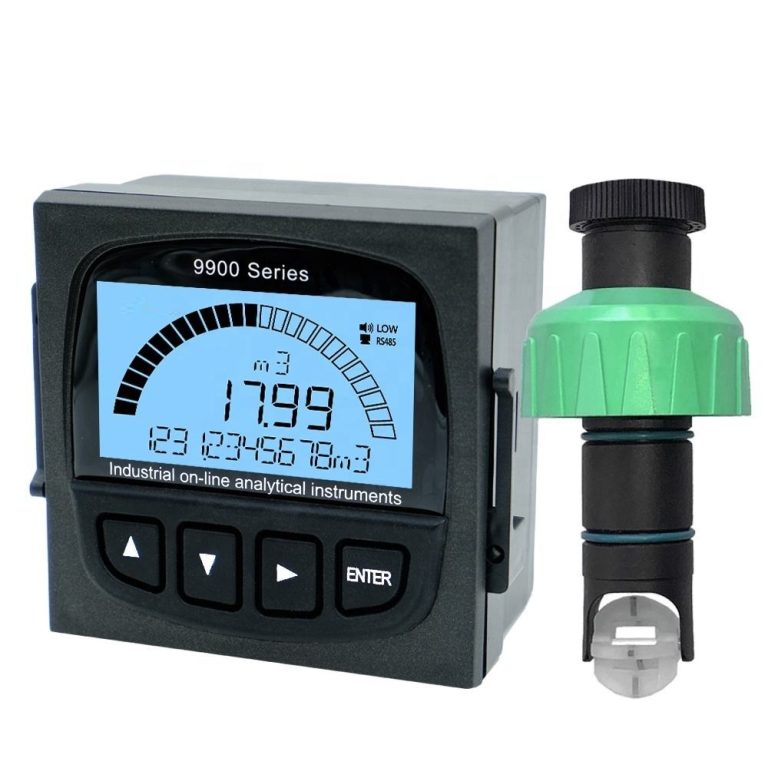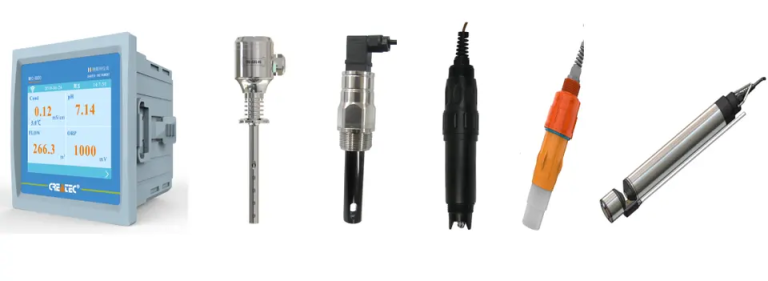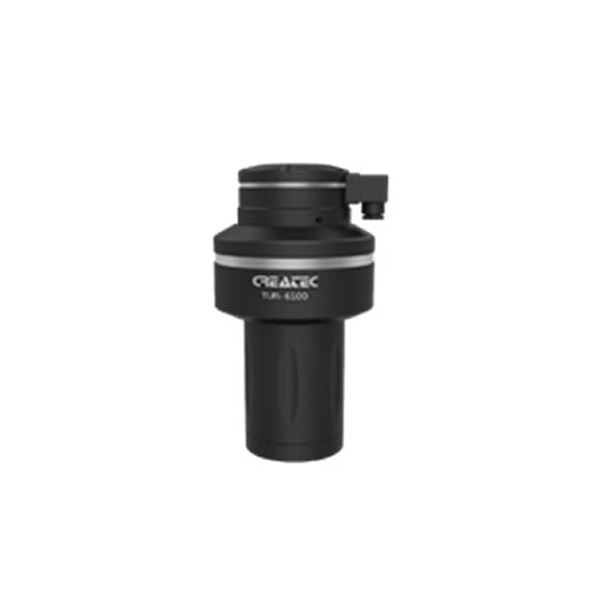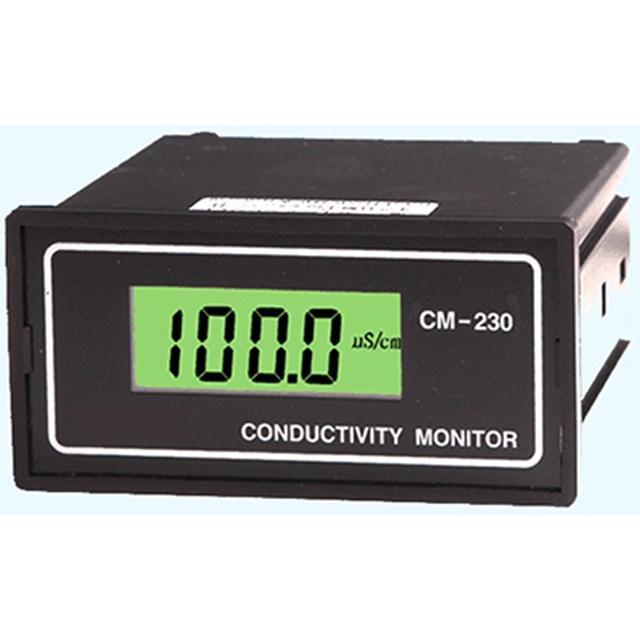Table of Contents
Understanding the Functionality of High Range Conductivity Meters
Understanding the functionality of high range conductivity meters is crucial for those involved in various scientific and industrial applications. These devices are indispensable tools in fields such as water treatment, environmental monitoring, and chemical production, among others. They measure the ability of a solution to conduct an electric current, which is a fundamental property that can reveal a lot about the solution’s composition and purity.
A high range conductivity meter, as the name suggests, is designed to measure conductivity over a wide range. This makes it particularly useful in situations where the conductivity of the solution is expected to be high. For instance, in industries dealing with concentrated solutions, brackish water, or wastewater, a high range conductivity meter is an essential tool.
The working principle of a conductivity meter is relatively straightforward. It operates by applying a voltage between two electrodes immersed in the solution to be tested. The resulting current is directly proportional to the solution’s conductivity. The meter then interprets this current and displays the conductivity value, typically in units of microsiemens per centimeter (µS/cm) or millisiemens per centimeter (mS/cm).
High range conductivity meters are equipped with advanced features that enhance their performance and versatility. For example, they often have automatic temperature compensation (ATC) functionality. Since temperature can significantly affect conductivity measurements, ATC adjusts the reading to a standard temperature, usually 25 degrees Celsius, ensuring accuracy and consistency.
Another notable feature of high range conductivity meters is their ability to measure total dissolved solids (TDS) and salinity. TDS is a measure of all organic and inorganic substances dissolved in a solution, while salinity indicates the salt content. These parameters are crucial in many applications, such as monitoring water quality or controlling processes in industries like food and beverage production.
High range conductivity meters also come with different types of electrodes to suit various applications. For instance, some electrodes are designed to resist corrosion, making them ideal for use with aggressive chemicals. Others are made to withstand high temperatures, suitable for applications involving hot solutions.
Despite their advanced features, high range conductivity meters are designed with user-friendliness in mind. They typically have a digital display that shows clear and easy-to-read measurements. Many models also allow data logging, enabling users to store and analyze data over time. This can be particularly useful in monitoring trends and making informed decisions.
| Model | pH/ORP-510 pH/orp meter |
| Range | 0-14 pH; -2000 – +2000mV |
| Accuracy | ±0.1pH; ±2mV |
| Temp. Comp. | Manual/Automatic temperature compensation; No Comp. |
| Oper. Temp. | Normal 0~60℃; High temp 0~100℃ |
| Sensor | pH double/triple sensor; ORP sensor |
| Display | LCD Screen |
| Communication | 4-20mA output/RS485 |
| Output | High/Low limit dual relay control |
| Power | AC 220V±10% 50/60Hz or AC 110V±10% 50/60Hz or DC24V/0.5A |
| Working Environment | Ambient temperature:0~50℃ |
| Relative humidity≤85% | |
| Dimensions | 48×96×100mm(H×W×L) |
| Hole Size | 45×92mm(H×W) |
| Installation Mode | Embedded |
In conclusion, high range conductivity meters are powerful tools that offer a wide range of functionalities. They provide accurate and reliable measurements of conductivity, TDS, and salinity, making them invaluable in many scientific and industrial applications. Their user-friendly design and advanced features, such as ATC and data logging, further enhance their utility and efficiency. Understanding how these meters work and their potential applications can help users make the most of these sophisticated devices.
Exploring the Applications of High Range Conductivity Meters in Various Industries
Conductivity meters are essential tools in various industries, providing critical data about the ability of a material to conduct electric current. These devices measure the amount of electrical current or conductance in a solution. They are particularly useful in situations where precise measurements of conductivity are required. High range conductivity meters, in particular, are designed to measure extremely high or low levels of conductivity, making them indispensable in several fields.

In the water treatment industry, high range conductivity meters play a crucial role in ensuring the safety and quality of water. They are used to measure the conductivity of water, which is directly related to the amount of dissolved salts or minerals present. High conductivity levels often indicate a high level of impurities, which could be harmful. Therefore, these meters are used to monitor and control the water purification process, ensuring that the water is safe for consumption or use in industrial processes.
In the pharmaceutical industry, high range conductivity meters are used to ensure the quality and safety of drugs. They are used to measure the conductivity of solutions used in drug manufacturing processes. High conductivity levels could indicate contamination, which could compromise the quality of the drugs. Therefore, these meters are used to monitor and control the manufacturing process, ensuring that the drugs meet the required quality standards.
| Model | NTU-1800 Online Turbidity Tester |
| Range | 0-10/100/4000NTU or as required |
| Display | LCD |
| Unit | NTU |
| DPI | 0.01 |
| Accuracy | ±5% FS |
| Repeatability | ±1% |
| Power | ≤3W |
| Power Supply | AC 85V-265V±10% 50/60Hz or |
| DC 9~36V/0.5A | |
| Working Environment | Ambient temperature:0~50℃; |
| Relative humidity≤85% | |
| Dimensions | 160*80*135mm(Hanging) or 96*96mm(Embeded) |
| Communication | 4~20mA and RS-485 communication (Modbus RTU) |
| Switched output | Three-way relay,capacity 250VAC/5A |
In the food and beverage industry, high range conductivity meters are used to ensure the quality and safety of food and beverages. They are used to measure the conductivity of various food and beverage products, such as milk, juice, and beer. High conductivity levels could indicate contamination or spoilage, which could pose a risk to consumers. Therefore, these meters are used to monitor and control the production process, ensuring that the food and beverages are safe for consumption.
In the environmental sector, high range conductivity meters are used to monitor and control pollution. They are used to measure the conductivity of wastewater, which is directly related to the amount of pollutants present. High conductivity levels often indicate a high level of pollution, which could be harmful to the environment. Therefore, these meters are used to monitor and control the treatment of wastewater, ensuring that it is safe to be discharged into the environment.
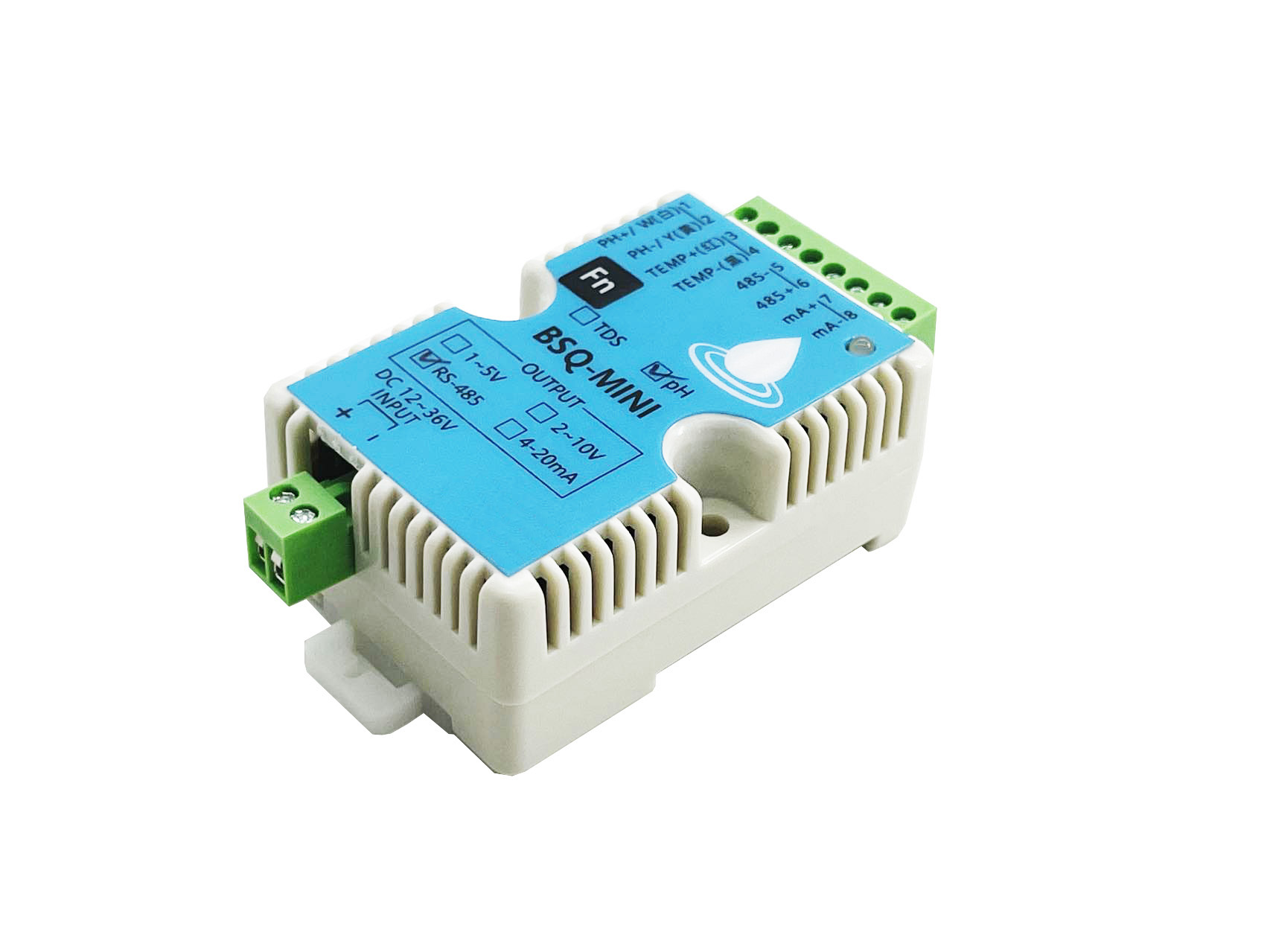
In the energy sector, high range conductivity meters are used in power plants, particularly in nuclear and thermal power plants. They are used to measure the conductivity of cooling water, which is crucial for the safe and efficient operation of the power plants. High conductivity levels could indicate a high level of impurities, which could cause corrosion or scaling in the cooling system. Therefore, these meters are used to monitor and control the quality of the cooling water, ensuring that the power plants operate safely and efficiently.
In conclusion, high range conductivity meters are essential tools in various industries, providing critical data about the ability of a material to conduct electric current. They are used to measure extremely high or low levels of conductivity, ensuring the safety, quality, and efficiency of various products and processes. As such, they play a crucial role in ensuring the well-being of consumers, the environment, and the economy.

